Complete guide to feeding
Plants drink a lot (no judgement), but like any living thing they also need food. Learn why, what and when you need to feed them. It’s really simple.
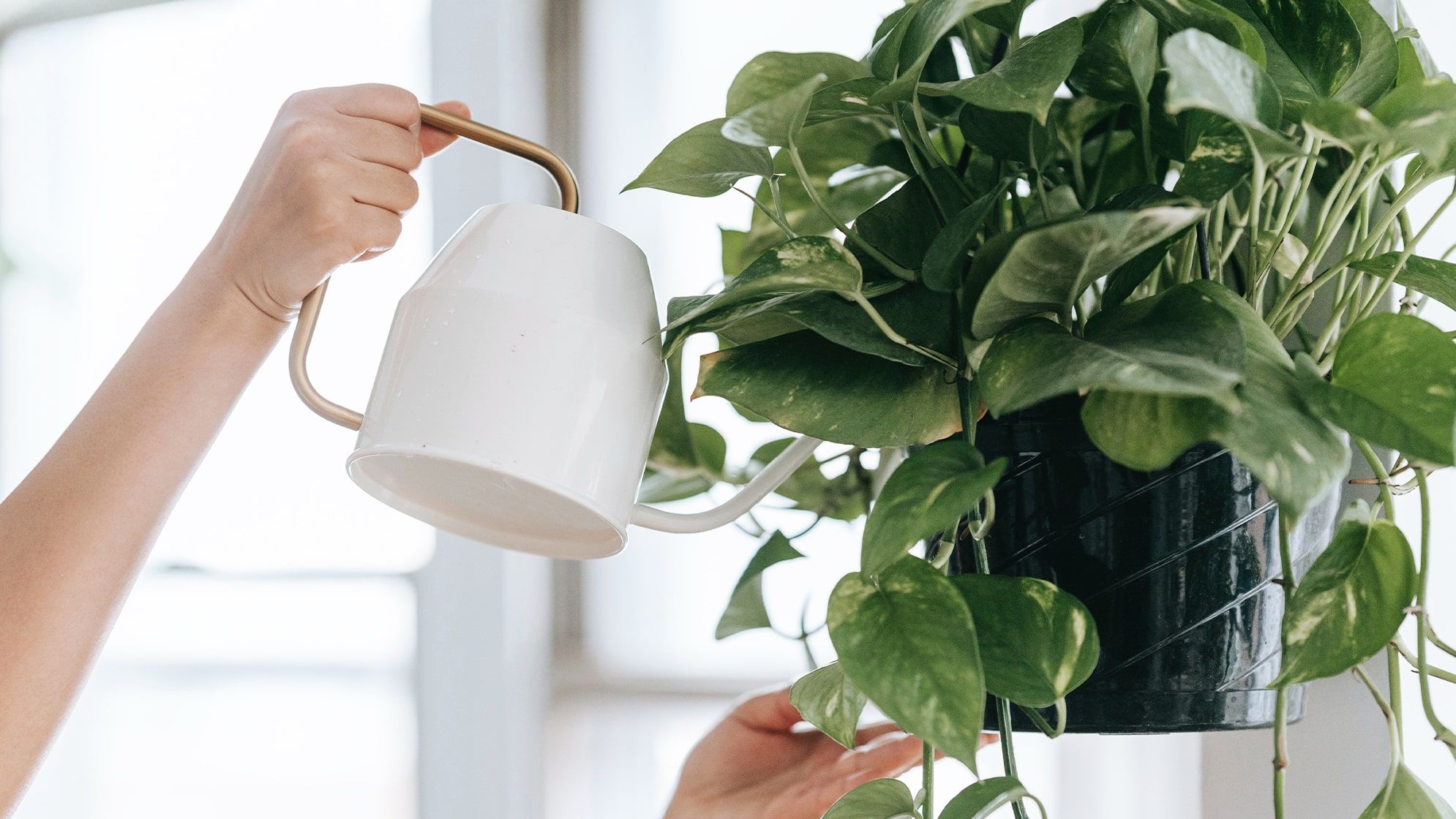
Plants consume food the same way they consume water, through their roots. These are the most important things to know about plant food:
- Plant food, or fertiliser, provides nutrients
- Just add fertiliser to your watering can and water as normal
- Most plants only need feeding in spring and summer
- Feeding once per month is generally enough
- Cacti, succulents and orchids need special food
That’s the basics. Now let’s really get our teeth into feeding.
Why do plants need feeding?
Plants make a lot of their food themselves, converting sunlight into energy. That doesn’t give them all the nutrients they need to grow healthily.
In the wild, plants suck up the nutrients they need from the soil. Those nutrients get refreshed with rotting plant matter, animal or insect droppings and other delightful things. Indoor plants don’t get that, so we need to provide it.
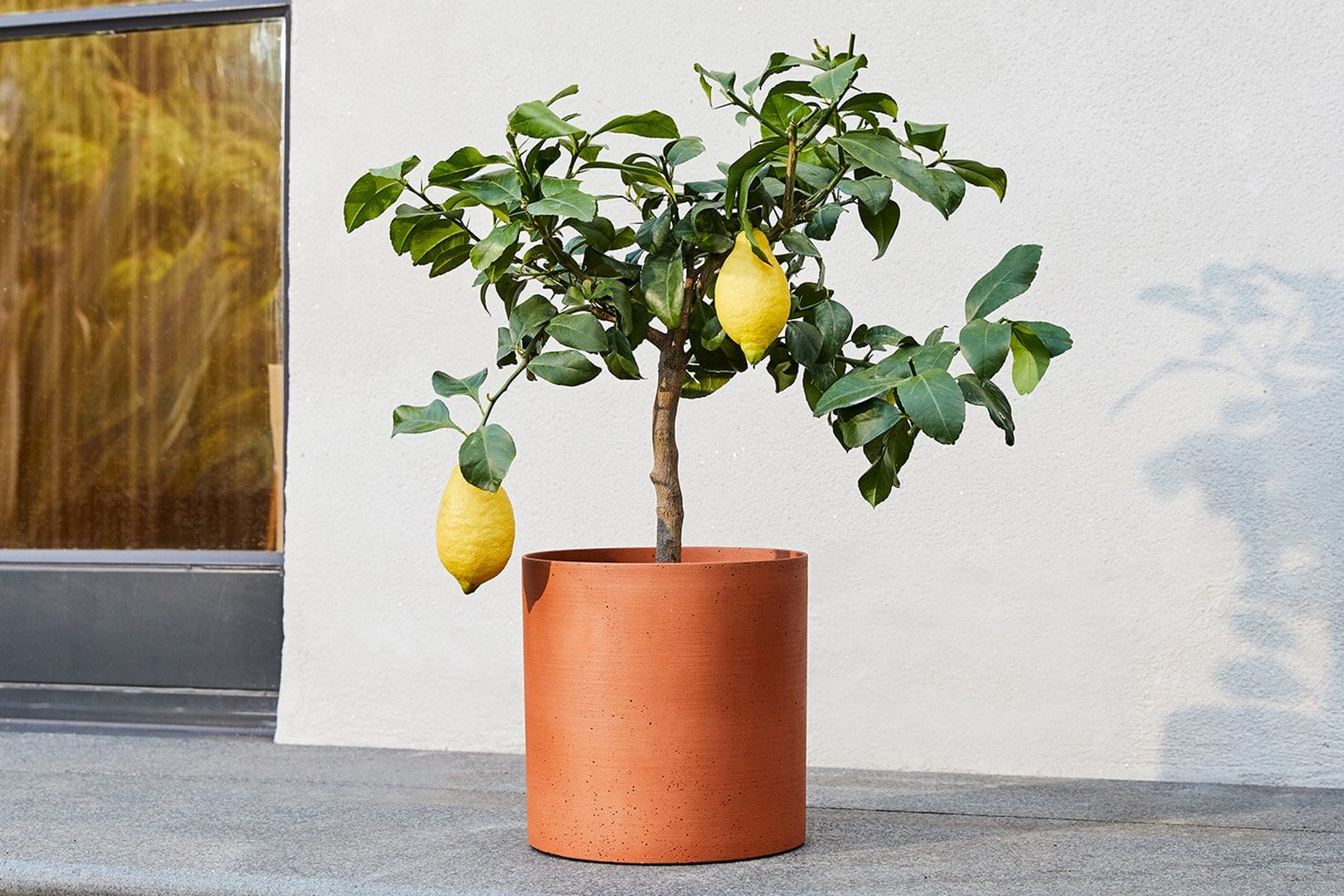
What is plant food?
Firstly, ‘plant food’ and ‘fertiliser’ are different terms for the same thing. Fertiliser is just the slightly more science-y word. Manufactured plant food can contain lots of things, but it typically has three key ingredients:
Nitrogen - Encourages strong growth
Phosphorus - Helps your plant produce stronger roots and healthy flowers
Potassium - Helps your plant fight off disease
For indoor plants, plant food is typically a liquid you mix with water and pour over your plants’ soil.
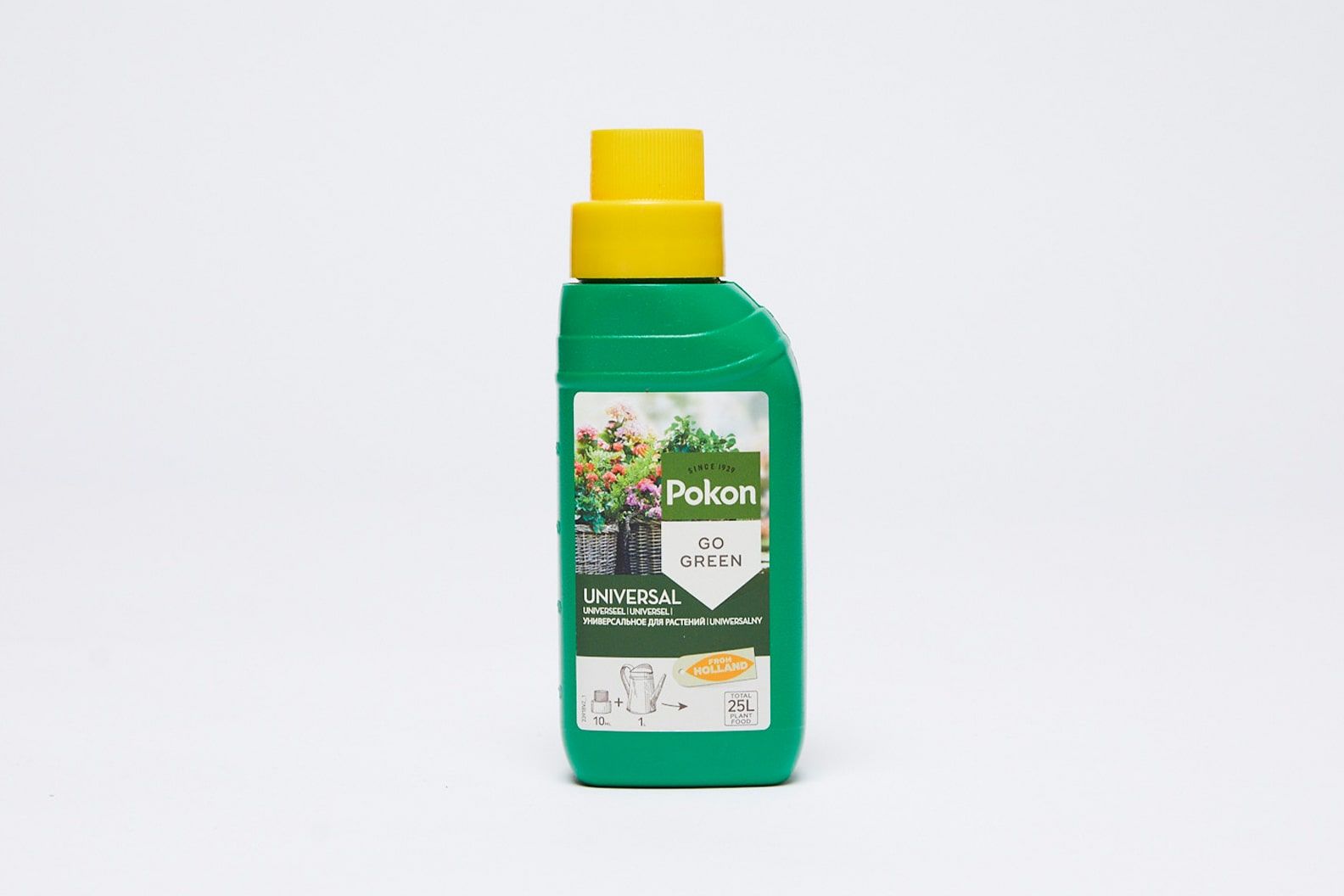
How often do plants need to be fed?
When you buy a plant from Patch it will be potted in nutrient rich compost. It has all the nutrients it needs for a while, so you won’t need to feed it for about three months.
In spring and summer your plants are growing fast, so feed them about once a month. In autumn and winter, no need to feed as most plants are dormant, i.e. not growing.
What happens if you don’t feed your plants?
In most cases, they’ll still survive but they won’t be very happy. They may grow weakly or not at all; their leaves may turn yellow; they almost certainly won’t flower.
Feeding is very little effort and you’ll notice a huge difference in the health of your plants.
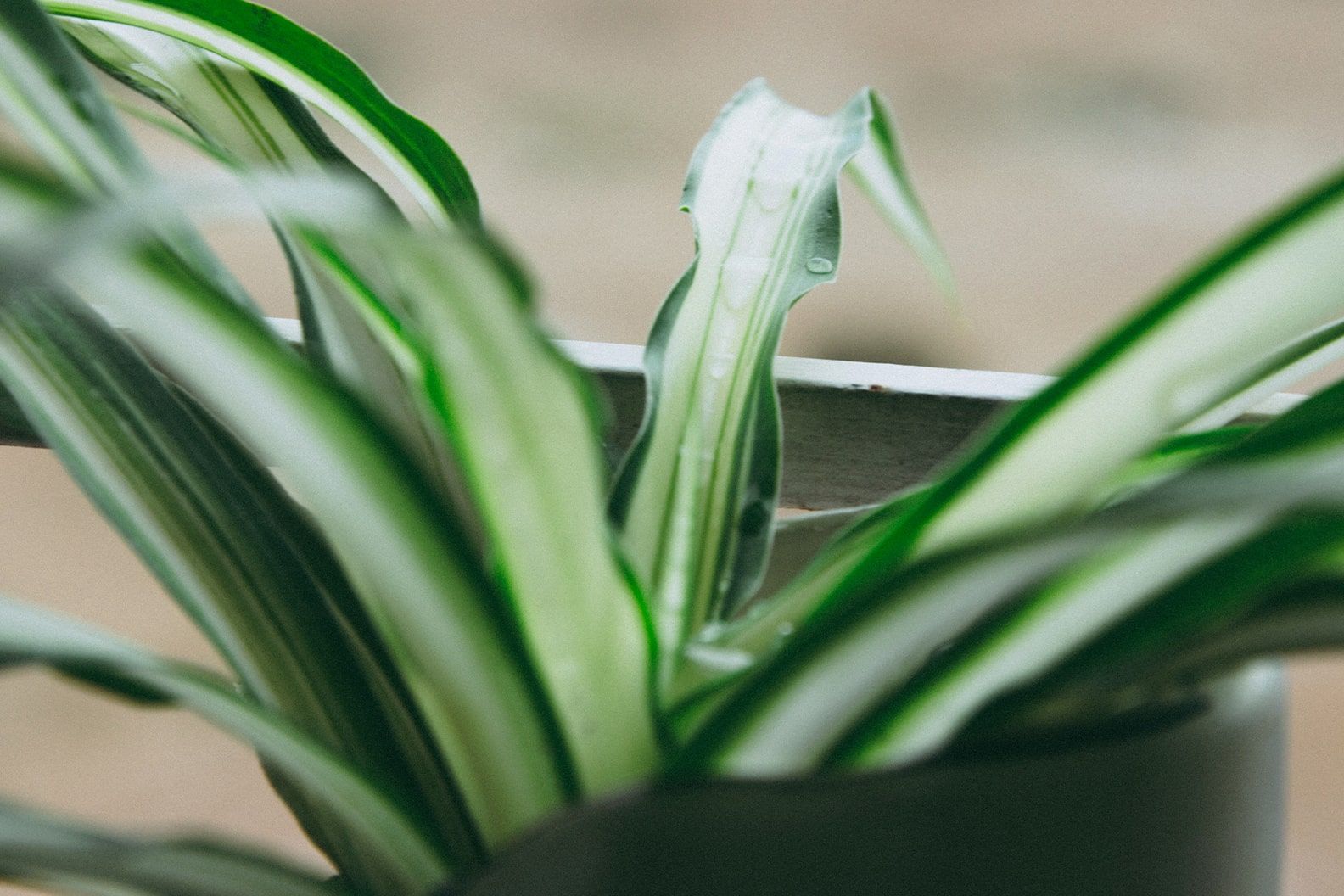
Do all plants like the same food?
Most will happily gobble up all-purpose plant food. Cacti, succulents and orchids like food that’s specially formulated for them.
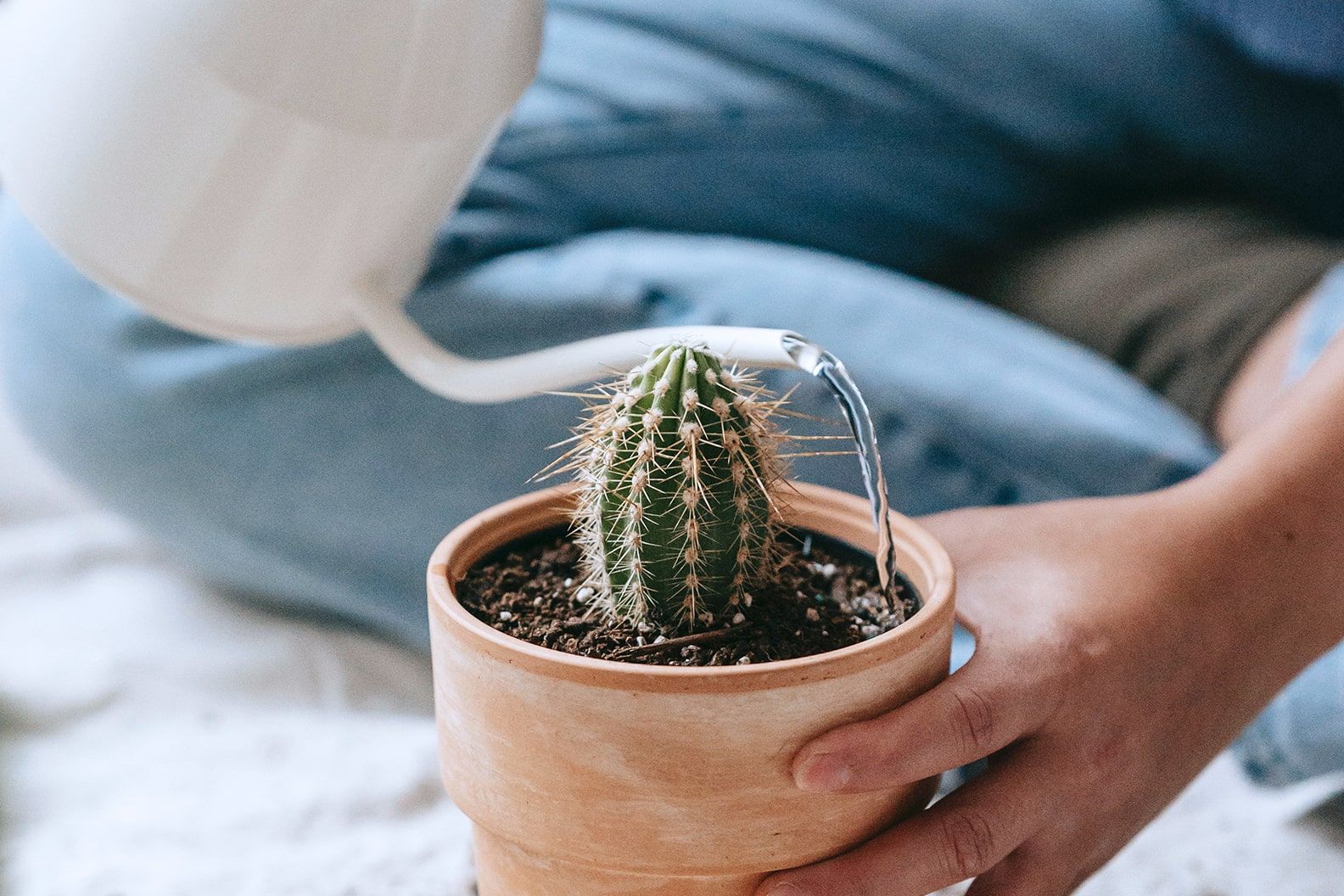
Can you overfeed plants?
It is possible to give plants too much food. Salts in the fertiliser can cause stress and turn plants yellow.
However, it’s very unlikely you’ll cause any serious damage unless you’re extremely heavy-handed. Some people even choose to feed their plants in winter too, or more than once per month. We don’t advise it, but it’s your choice.
Congratulations, you are now an expert on plant food! Bon appetit!
Rewild your inbox
Plant tips. Special offers. No spam.
You might like
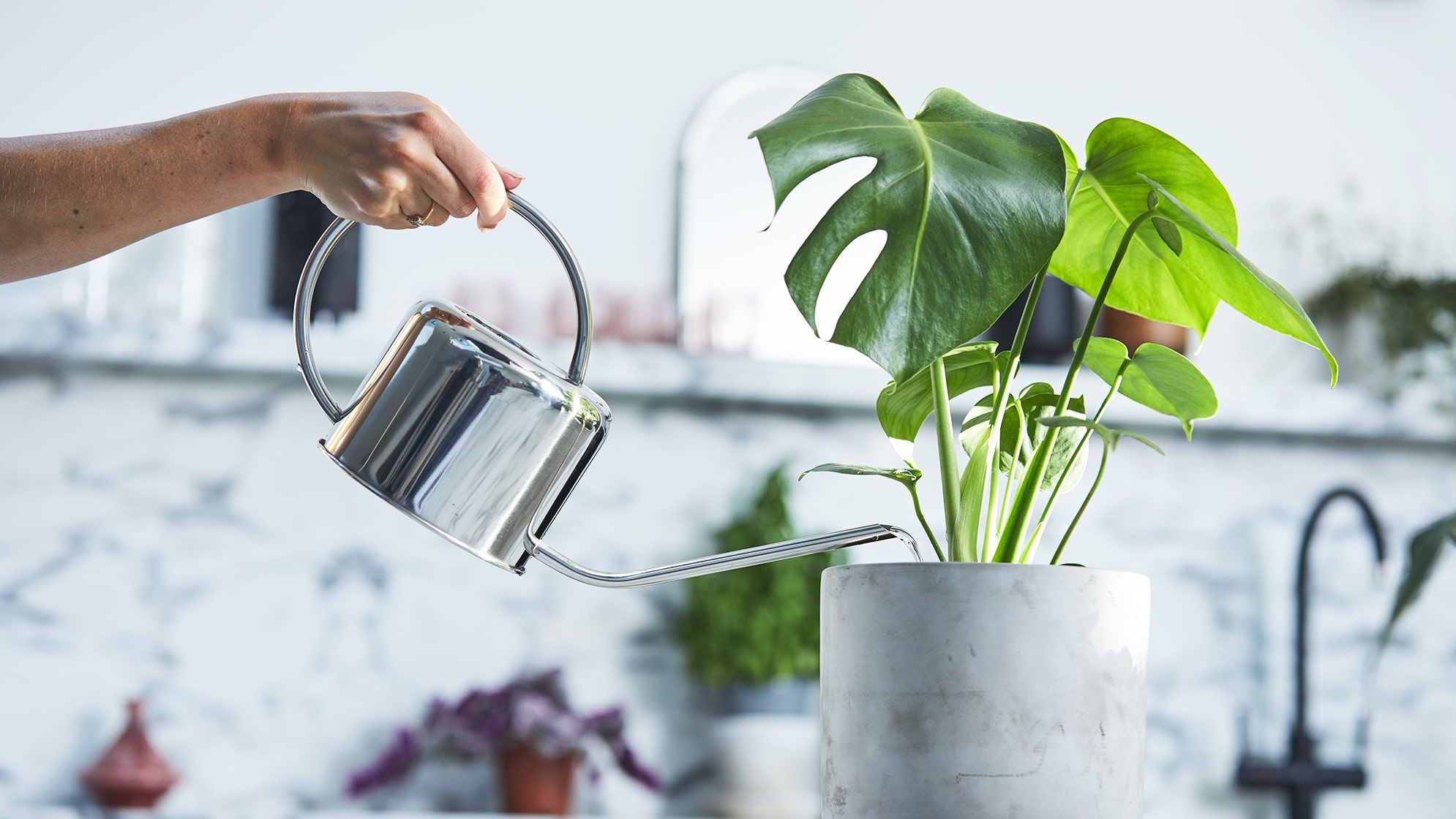
Complete guide to watering
How to avoid over or underwatering
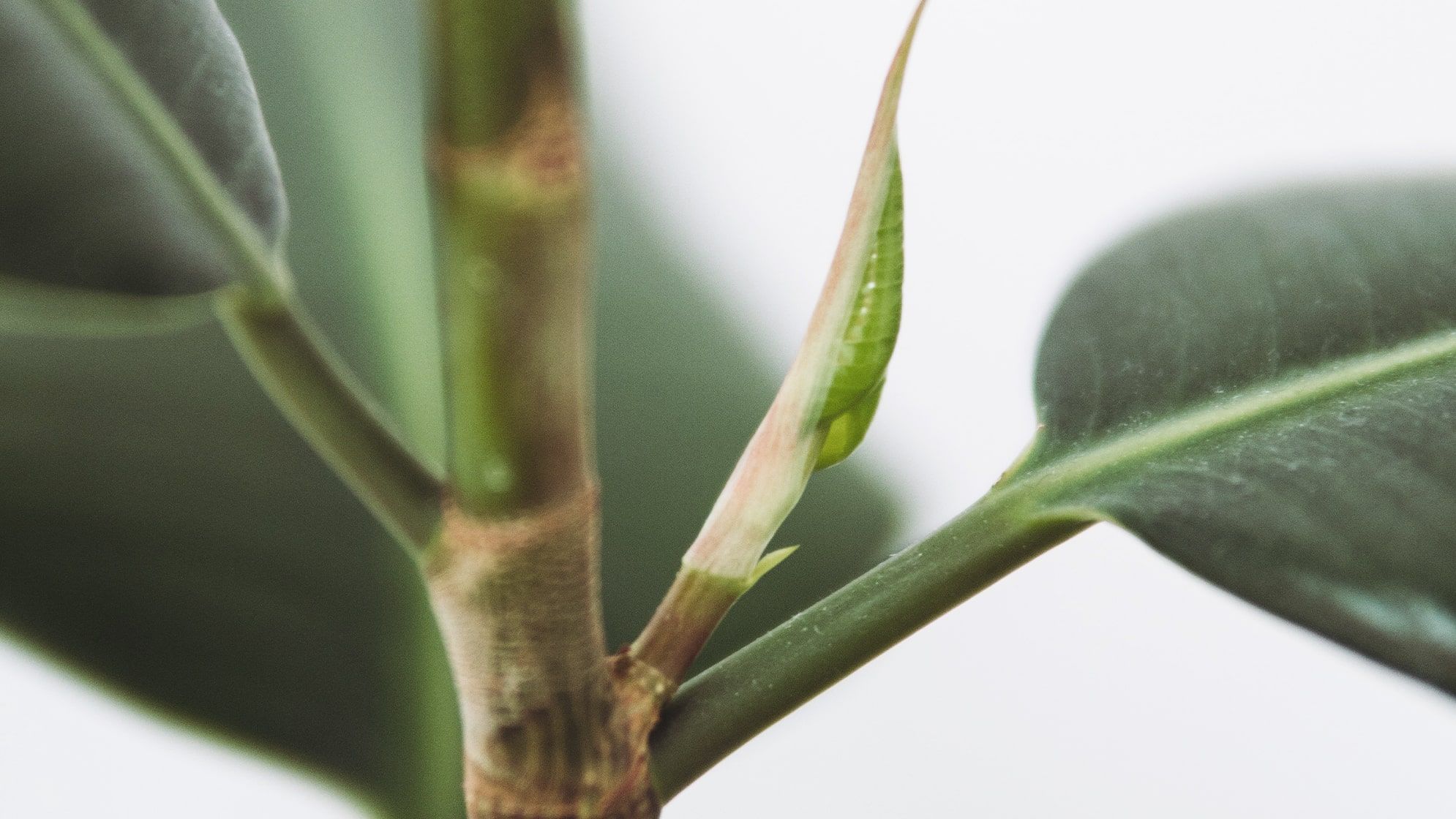
How to care for your houseplants in spring
Ready, Set. Grow. It’s your plants’ favourite season
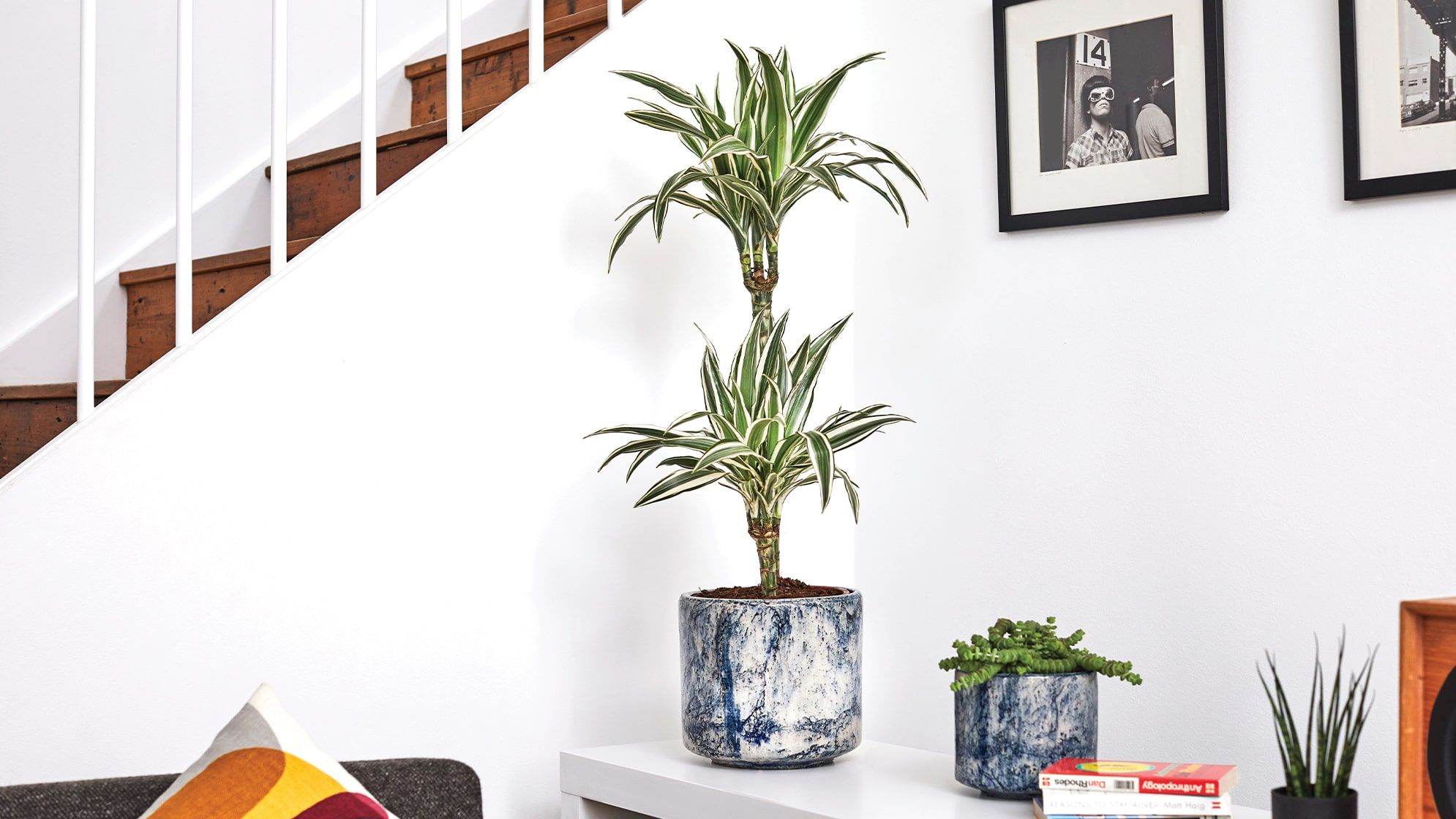
Big ideas for plants in small rooms
Because urban jungles come in all sizes
